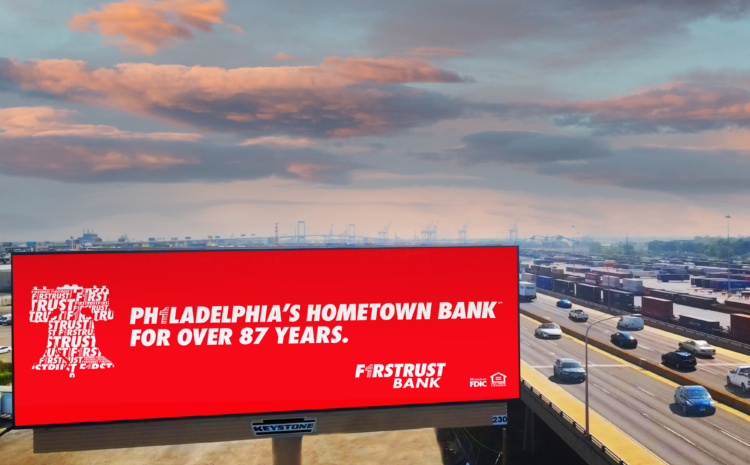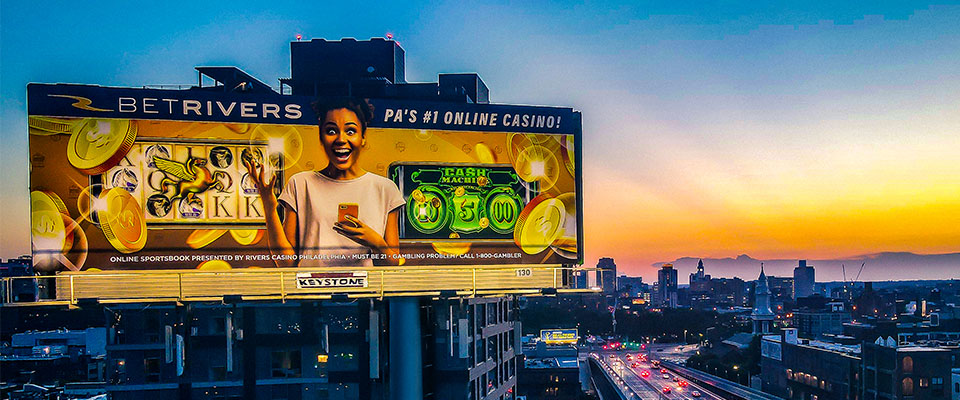Why Billboards Work.
By: Jessica Cheesman, Chief Operating Officer
Billboards are a form of outdoor advertising that often consist of large, eye-catching displays placed alongside roads and highways, in urban areas, and other high-traffic locations. These advertising structures work for several reasons:
- High Visibility: Billboards are typically placed in locations with high traffic and visibility, ensuring that a large number of people see them daily. Whether it’s on a busy highway, in a densely populated city, or near a popular tourist destination, billboards are strategically positioned to capture the attention of passing pedestrians and drivers.
- Repetition: The exposure to billboards is repetitive. People encounter the same billboard multiple times over a period, reinforcing the advertising message and brand. This repetition helps create brand recognition and recall.
- Simplicity: Billboards often convey a simple and concise message due to their limited space and the need for quick comprehension. This simplicity makes it easier for people to absorb the message without much effort.
- Visual Impact: Billboards are known for their striking visual designs. Effective use of color, graphics, and imagery can make a billboard memorable and attention-grabbing. A visually appealing billboard is more likely to leave a lasting impression.
- Targeted Audience: Billboards can be strategically placed to reach a specific target audience. For example, a billboard advertising a local restaurant might be located near a business district to target office workers looking for lunch options.
- 24/7 Exposure: Billboards are visible around the clock, providing exposure even during nighttime hours. This continuous visibility ensures that they can reach people at various times of the day.
- Brand Awareness: Even if a billboard doesn’t lead to an immediate sale, it can contribute to brand awareness and recognition. When consumers later encounter the brand in other contexts, they may be more inclined to consider it due to their prior exposure through billboards.
- Local Promotion: Billboards are an effective medium for local businesses to promote their products or services within their immediate community. They can help generate foot traffic and attract customers to nearby stores or businesses.
- Complementary Advertising: Billboards often work in conjunction with other forms of advertising. For example, a billboard campaign can reinforce a message that consumers have seen in print, television, or digital ads. This multi-channel approach helps enhance the overall impact of the advertising campaign.
- Seasonal and Event-Based Advertising: Billboards can be used for time-sensitive promotions, such as holiday sales, seasonal offers, or events like concerts and festivals. They can be quickly updated to reflect changing marketing strategies.
It’s important to note that the effectiveness of billboards can vary depending on factors like location, design, and target audience. Some industries and businesses may benefit more from billboard advertising than others. Additionally, advancements in digital technology have introduced digital billboards that can display dynamic content and be updated remotely, further enhancing their effectiveness in catching the viewer’s attention.



